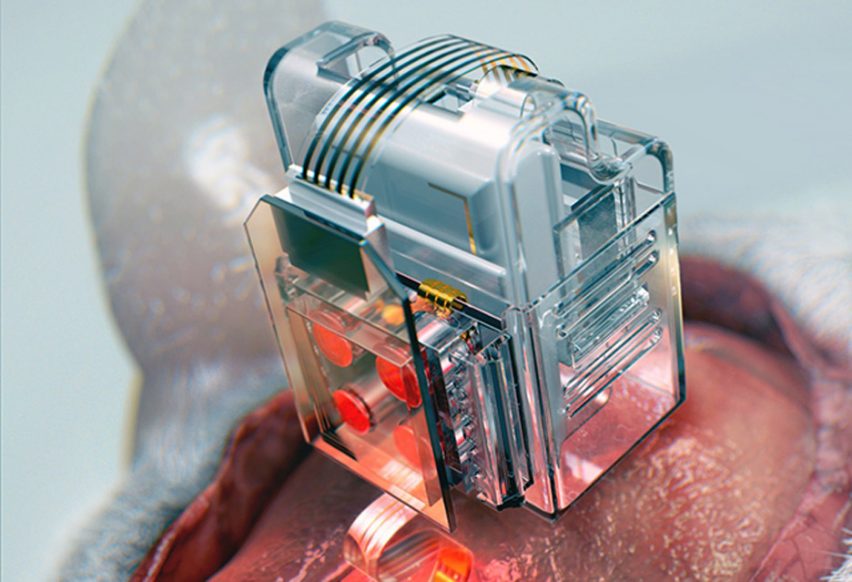
Soft neural implant allows scientists to manipulate brain cells via smartphone
Brain disease research could be sped up using a smartphone-controlled "plug-and-play" neural implant invented by scientists from the USA and South Korea.
The researchers, who come primarily from the Korea Advanced Institute of Science and Technology (KAIST) and the University of Washington, designed the soft device to deliver drugs or coloured lights directly to targeted neurones, with the goal of accelerating discovery about Parkinson's, Alzheimer's, addiction, depression and pain.
The LEDs involved are smaller than a grain of salt, and the drugs transmitted by microfluidic channels the thickness of a human hair.
Device controlled by "elegant, simple" smartphone interface
For neuroscience researchers, the main advantage of the new wireless implant is ease of use. The inventors describe its replaceable drug cartridges as "Lego-like" and "plug-and-play", while set-up happens over an "elegant, simple" smartphone interface.
For the subjects – mice, in current testing – the small, soft device won't impede movement and is safer to use over time.
Current devices used in this field are rigid, so they cause lesions in soft brain tissue over time. With the new device, neuroscientists can now monitor one area of the brain over much longer periods, and with the test subjects moving freely.
"It allows us to better dissect the neural circuit basis of behaviour, and how specific neuromodulators in the brain tune behaviour in various ways," said Michael Bruchas, a professor at the University of Washington School of Medicine who heads the Bruchas Lab.
"We are also eager to use the device for complex pharmacological studies, which could help us develop new therapeutics for pain, addiction and emotional disorders."
Researchers want to develop device for humans
The researchers, who published their findings in the journal Nature Biomedical Engineering, created the implant for laboratory use with animals but would like to develop the technology for clinical applications in the future, meaning one day a similar device could be tested on humans.
Their invention comes after three years of collaboration between the Jeong group at KAIST in Daejeon and the Bruchas Lab in Seattle. The former specialises in soft electronics for wearable and implantable devices, while the latter is a research laboratory focused on stress, depression, addiction, pain and other neuropsychiatric disorders.
Their project is much more limited in scope than the sorts of neural implants envisioned by the likes of Elon Musk's start-up Neuralink, which is building a device to connect human brains with computer interfaces. The entrepreneur has stated he hopes to test his device on a human patent before the end of 2020.
Image courtesy of the Korea Advanced Institute of Science and Technology.